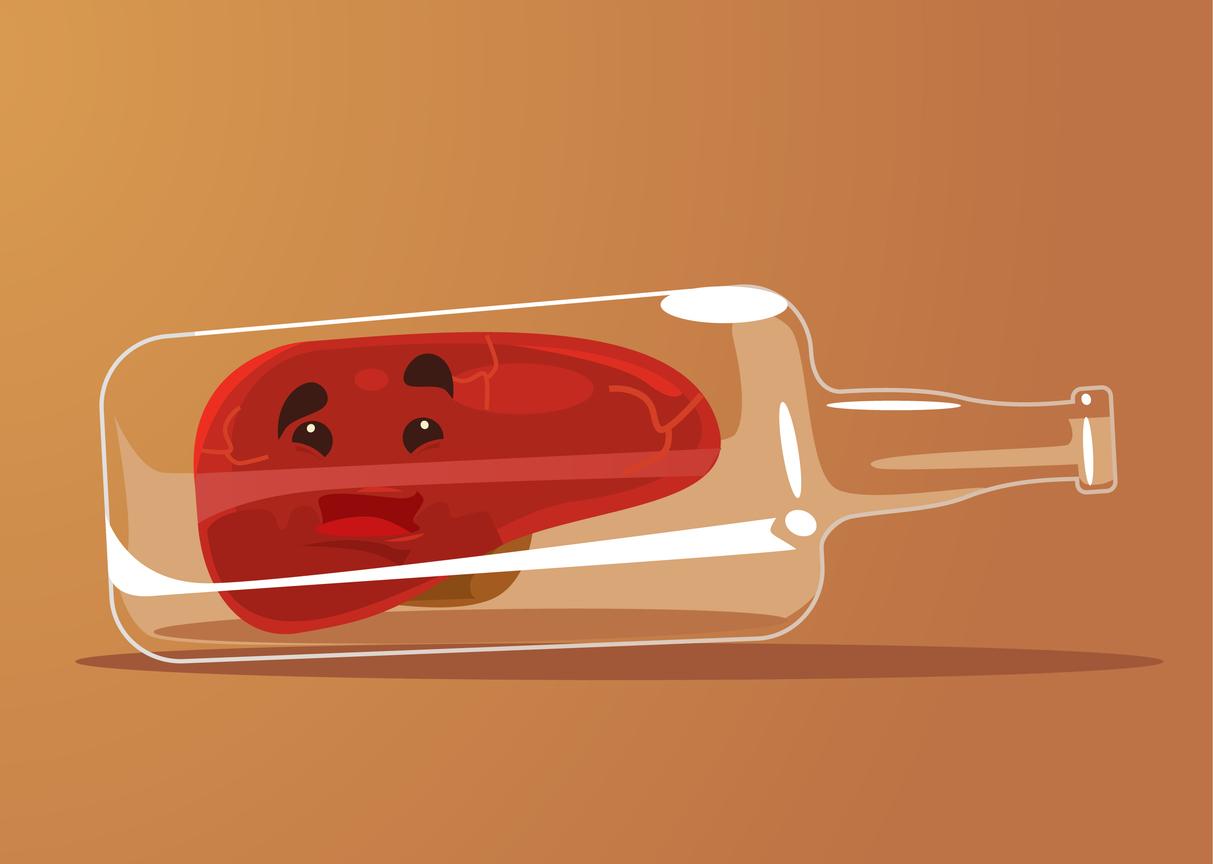Diabetics have been in better control of their disease and cardiovascular health since 2001. This translates into a modest decline in mortality.

Cardiovascular diseases and cancers. Here are the two pathologies that kill diabetic patients the most. This chronic disease causes pain in the body, especially when it is poorly controlled. Medicines have adapted to patients in recent years: insulin pumps, long-acting drugs have multiplied.
The impact on patient mortality remains moderate, especially among women. This is what shows the last Weekly Epidemiological Bulletin (BEH) of Public Health France. It brings together data from two cohorts launched in 2001 and 2007. They each followed 8,400 and 5,800 people with diabetes for five years.
Notable advances
Since 2001, patients have controlled their blood sugar much better. This is not the only positive result that emerges from this BEH dedicated to diabetes: blood pressure and LDL-cholesterol – the “bad” – have been better controlled for a decade.
The benefit comes in part from more intensive anti-diabetic treatments and better management of risk factors. An effort that results in a decrease in mortality. 17.7% of participants in the first cohort died during follow-up, compared to 15% in the following cohort. Another advance is that people with diabetes can claim to live longer, even if they die earlier than the general population.
Because excess mortality persists in this chronically ill population, particularly among women. They are 51% more at risk of death than their healthy peers. Men are 34% more exposed to mortality. Data in decline for several years. “A decrease in overall cardiovascular mortality has been observed in the general population over the past decades,” explains Sandrine Fosse-Edorh, diabetes specialist and program coordinator at Public Health France. There was no reason that diabetics should not take advantage of it.

Persistent risk factors
But the decline in mortality remains slight, and the gap remains with the population. There are many explanations, but two dominate: smoking persists, just like obesity. They remain key determinants of mortality associated with diabetes. Morbid obesity, for example, increases the risk of death by 76%. Many diabetics are overweight.
“The most widely modifiable determinants are tobacco, alcohol and especially morbid obesity, but also a delay in diagnosis”, explains Sandrine Fosse-Edorh. While not disease specific, they are essential for this high-risk population. But as in the rest of the country, prevention is struggling to pass. “We fail in the same way in the general population: the determinants are difficult to modify, whether it is smoking, alcohol or obesity,” laments the program coordinator.
Complications of diabetes, podological or renal, also worsen the prognosis. These are, in fact, elements that testify to the seriousness of the disease. Likewise, the treatment profile influences the risk of death: recourse to insulin alone thus reduces the chances of survival compared to other approaches. “There is still a lot to do, such as improving therapeutic education,” concedes Sandrine Fosse-Edorh. An essential element for good adherence to the treatment.
The sector specialist calls for a personalized approach. “It is clear that education must be adapted to the profile of patients,” she says. We are dealing with a population which for the most part is disadvantaged, of foreign origin. Education must be adapted to reach all people with diabetes. “
Cardiovascular diseases and cancers dominate
Diabetics remain fragile. This is evidenced by the causes of mortality relayed in this BEH: in 30% of cases, the death is of cardiovascular origin. “People with diabetes are at very high cardiovascular risk,” confirms Sandrine Fosse-Edorh. Women are particularly concerned, more than men. “The treatments are less intensive in women than in men,” explains the program coordinator at Public Health France. In a diabetic population, these mechanisms can also be found. “
These differences in mortality are reversed among patients who have died of cancer, fewer since 2001. “We find cancers of the liver, colon-rectum, bladder, pancreas and uterus, Sandrine Fosse-Edorh list. Conversely, for the prostate, as in the literature, there is a lower mortality. An increased risk which could be explained by diabetes itself. Insulin resistance has a negative impact on certain cellular mechanisms, which would promote the growth of a tumor.

Source : BEH / Public Health France
Lifestyle is also to blame: diabetic women suffer three times more from severe liver disease (cirrhosis, fibrosis, hepatitis). This is partly to blame for excessive alcohol consumption but also for glucose intolerance.
.

















